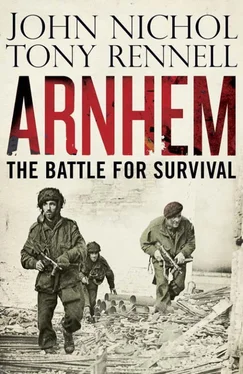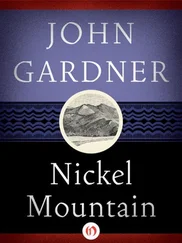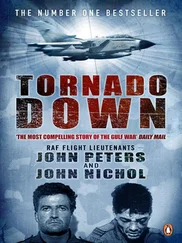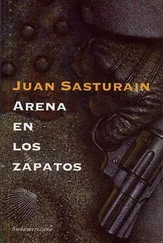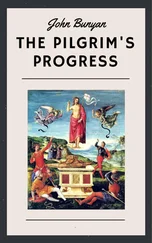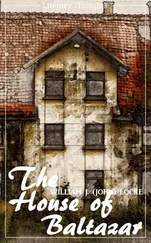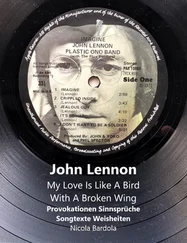Victory was within the Allies’ grasp, and soon. If all went well, there would be peace at last. Ayers would be reunited with his bride. The last-minute briefing at camp was reassuring. ‘From intelligence reports we have received,’ his company captain informed the eager young paratroopers lined up in ranks before him, ‘it seems there will be very little opposition at Arnhem, just a German brigade group and a few light tanks.’ In reality, what lay ahead was one of the toughest and hardest-fought battles of the Second World War. Ayers was one of the lucky ones. He would survive. But it would be a long time before he returned home.
Just hours before Ayers went to war, on a grassy water meadow beside the River Rhine, Anje van Maanen, a teenage Dutch girl from Oosterbeek, a well-to-do village just a few miles west of Arnhem, was playing hockey with her friends. It was the weekend. The day was sunny and warm. They were unaware of the hope and then the horror that were about to descend on them, changing their lives for ever. Finn, Anje’s dog, a lively Belgian Shepherd, was on the loose and interrupting their game with his antics. He grabbed the ball and ran off. Seventeen-year-old Anje, the local doctor’s daughter from the big house just off Oosterbeek’s main street, shrieked in irritation and delight as she chased after him, and wrestled the ball from his teeth. She tickled his black ears and stroked his head, and everyone laughed as the game got under way again. Such a nice day – friends, fun, fine weather, Finn. For a few precious moments you could almost forget about the hated Moffen , the German soldiers who had been holding sway over Holland for four years and four months.
There were constant reminders of the harsh, humiliating realities of being a conquered nation – the fact that the hockey game was girls only, for example. Where were the boys? Most of those in their teens and twenties had gone into hiding – living ‘underwater’, as the flood-prone Dutch put it – to avoid being rounded up and transported in cattle trucks to Germany to work in tank and aircraft factories: slave labour to fuel Hitler’s increasingly overstretched war machine. Anje’s three brothers had disappeared into the ether to avoid being deported. Two had gone away, ‘but my youngest brother Paul, who was a medical student, was hiding in our house, up in a room in the attic. We had to be careful and not talk about him, even to friends. We couldn’t really trust other people.’ [2] Anje van Maanen – private diary, and JN interview, 2010. This day-by-day account was written in September 1945, exactly a year after the events she described, as a way of trying to come to terms with the horrors she had experienced and which still haunted her dreams.
Suspicion ruled everyone’s lives. A whispered word praising the Allies, a V-for-victory sign flashed with furtive fingers – such acts could be dangerous. Safety, survival even, lay in silence and invisibility.
Beneath their apparent acquiescence, the vast majority of the nation fumed. The total lack of freedom under the Nazi occupiers weighed heavily on Heleen Kernkamp, a trainee nurse working in an Amsterdam hospital. ‘What is allowed – but especially what is not allowed – is dictated by the authorities,’ she noted with bitterness. Food and clothing, curfew, the blackout were all minutely regulated and enforced. Wireless sets were strictly forbidden, bicycles confiscated, ‘to say nothing of arbitrary punishments and reprisals’. [3] Private memoir by Heleen Kernkamp-Biegel. Airborne Assault, Imperial War Museum, Duxford, and JN interview with her daughter Marga, 2010.
In Oosterbeek, in the eastern part of the Netherlands, the German presence was minimal compared with the occupied cities in the west of the country. A few soldiers were billeted in requisitioned homes; a heavy hand hardly seemed necessary with the border of the Reich just a dozen or so miles away. Here you could still, to some extent, get on with your life and try to ignore the ugliness of the bigger picture. Anje and her friends from school were free to play in the streets and woods near her home – ‘hide and seek, that sort of thing, football, tennis and hockey, of course, normal children’s games, amidst the war’. Yet the occupation was still an unforgivable affront. Older people might be more accommodating, playing a longer, subtler game, but young people like her were deeply resentful of the Germans. ‘We’d hear the soldiers singing in the streets – our streets – and that made me very angry. I thought they were monsters. We couldn’t go to the cinema, to the theatre or to concerts because that’s where the Germans were. The films, everything, were in German. I hated it.’
There were more Moffen encamped just a mile or so along the road to the east in neighbouring Arnhem – of which affluent Oosterbeek and its handful of streets and comfortable hotels was increasingly an overspill, a suburb. Centuries-old Arnhem, with its pretty squares, parks and large houses, was a solid place, rooted in the past but with a purpose in the present as the provincial capital and administrative centre of Gelderland. [4] The Netherlands consists of twelve provinces, only two of which are known as Holland (north and south), the name by which the whole country is often erroneously called. Arnhem was in Gelderland. Ironically, the city of Geldern, from which the province took its name, was (and is) in Germany.
It had thrived in the Middle Ages as a trading city, been fought over by dukes and emperors and was, by the twentieth century, established as a quiet, genteel place among whose magnificent greenery Dutch merchants liked to retire to live out their old age in comfortable, bourgeois splendour. It possessed the refined atmosphere of Richmond or Bath, but with the strategic importance of its position on the Rhine.
The Rhine was many things: a vital line of communication, a border, a barrier, a battleground. But, more than anything, this ancient waterway was a potent German symbol. It fed myths and legends of gods and maidens and Teutonic knights as it rose in the Swiss Alps some 750 miles away, passed through wooded gorges, beneath cliff-top castles and by medieval trading towns, then poured through industrial cities such as Cologne and Düsseldorf. Berlin was Germany’s capital, Bavaria its spiritual home, but the Rhineland was its heart and its powerhouse. Along the way the river picked up tributaries – the Neckar, the Main, the Mosel, the Ruhr – before, wide and fast flowing, it crossed out of Germany and into the Netherlands.
There, it divided for the last leg to the North Sea. The main river took a southerly route and, renamed the Waal, rushed towards Nijmegen and on towards the coast. The lesser stream meandered to the north, into Arnhem, under the town’s massive road bridge – the only one for miles – and then past Oosterbeek’s wide, grassy banks, where locals came to swim in its muddy waters, before rolling down to the estuary at Rotterdam. This was the Neder Rijn, the Lower Rhine, and to Anje and her friends it was their adolescent playground. ‘We would bathe in the Rhine or paddle around in canoes. I swam all the way across’ – it was a quarter of a mile there and back at this point – ‘a couple of times because there was an orchard on the other side where we could pick cherries.’ In the autumn of 1944, though, it would be the scene of an epic battle that would add a new chapter of courage and self-sacrifice to the rolling Rhine’s never-ending story.
Back in 1940, the Netherlands had fallen quickly to the invading Germans. Without warning, the Third Reich’s paratroopers had dropped from the skies to grab vital bridges over the country’s extensive rivers and canals, its panzer divisions poured across the border and its Stuka dive-bombers flattened Rotterdam. Flooding the country, the Netherlanders’ traditional defence against invaders, didn’t work. It was all over in six days. There was little comfort for the Dutch as Belgium and France also succumbed to the Nazi juggernaut. The swastika flew unchallenged over northern Europe, leaving Britain huddling behind the Channel to stand alone. British defiance then and over the coming years was an inspiration, especially when the RAF began taking the fight to Berlin, Hamburg, Cologne and a host of other German cities. Squadrons of bomb-laden Wellingtons and Lancasters flew high over Holland on their way eastwards. Below, the Dutch would peep from behind locked doors and shuttered windows and hug themselves with delight. ‘At night, we’d hear the bombers overhead and just be pleased to know that someone at least was trying to fight the Germans,’ Anje recalled. ‘Those planes were a sound of hope from overseas.’ But they put lives at risk if the raids came too close to home. ‘I was at school in Arnhem, right next to the bridge, when one day Nijmegen, 10 miles to the south of us, was bombed. We all hid under the tables. The noise was incredible and we were really scared.’ It was a sign that, though liberation would come for certain one day, it might not be won easily or without pain.
Читать дальше
